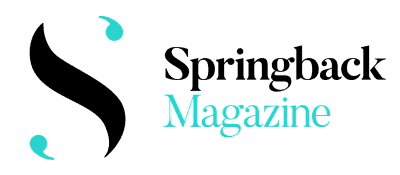Springback Academy 2017
Feature

Тhe politics of dance at Spring Forward 17 – Beauty re-invented
Contemporary dance is a phenomenon of the welfare state in Europe. It has, in the first decades of the 21st century, become a supranational network with its own venues, festivals and even schools (where ‘dance is no longer dance’) all in order to search for new stage forms. It is above all a progressive and critical discipline, one that re-invents and re-imagines its own possibilities in a constant search for fresh and unexplored territories and vocabularies.
This craving for the new has a specific historical and political context in continental Europe, related to the avant-garde movements of the first half of the 20th century. In the age of postmodernism and self-expression, however, the technical and stylistic innovations were co-opted and stripped of ideological motivation. Heavily dependent on government subsidies, and hit hard by the financial crisis of 2008, contemporary dance now has good reason to return to its political roots, not only to fight for its own existence but to shape a common future. For me Aerowaves represents the exact reason I moved back to Europe after almost two years in Asia, with a desire to be part of that specific context and to contribute to it.
I would add ‘intelligent’ to the festival’s self-description on Twitter as ‘sexy, political and tender’. I was excited to find out that there were indeed young artists aplenty willing to use the self-referential potential of dance to make strong statements through movement – about the politics of war (Displacement), gender identity (WOMAN), disability and discrimination (Altrove), love and friendship (Alien Express). These pieces all stem from deeply personal experience but are anything but self-indulgent. Instead they manage to open, share and transform this experience in the form of genuine and original movement expression. When Allesandro Schiattarella in Altrove was chaotically throwing around his hands in the air like flags, almost boneless, I thought this must be one of the most powerful things I’ve ever seen – to turn your disability into dance, to underline difference instead of hiding it, to claim your own body as it is and present a point of view never seen before. In short, to invent a new beauty. Similarly hypnotic was the long-durational ending of WOMAN where a whole range of identities were revealed within a single body (that of trans performer Daniel Mariblanca), hinting at a possible non-binary future for the human race; or the very emotional embrace between Žigan Krajnčan and Gašper Kunšek in Alien Express, which ended in convulsions but had love, friendship, intimacy, trust, fear and bravery in it; or the raised hands of the three men in Mithkal Alzghair’s Displacement, a gesture that seemed to encompass six years of war in Syria and an uncertain future.
These works emancipate dance from the preoccupation with aesthetics and style, reject entertainment and commodification and replace representation with raw presence. The bodies of these performers are thinking through movement, and fully conscious of the powerful nature of their own gestures. Remember Rosa Parks, the first black woman to break the racial code of conduct by refusing to give up her seat on that bus in America in 1955? It was a single action charged with the potential to change the course of history. She wasn’t as privileged as we are in Spring Forward 17. When we watch the artists mentioned above dancing, even if we can’t readily frame or interpret their movements, these people are working for us by expanding territory, claiming space and creating new possibilities. Their bodies onstage are liberating our own bodies.

